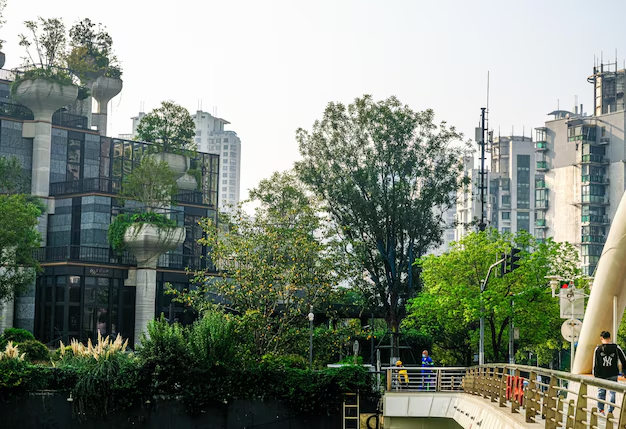The Transformative Impact of Gentrification on Communities
Across cities worldwide, gentrification is reshaping neighborhoods and stirring both excitement and concern. This process, defined by the influx of more affluent residents into economically struggling areas, results in a significant transformation of communities. While it often brings investment, development, and revitalization, gentrification also presents challenges that must be addressed for the benefit of all residents.
The Dual Nature of Urban Transformation
At its core, gentrification breathes new life into neighborhoods. Investment increases, leading to improved infrastructure, new businesses, and enhanced public services like parks and schools. Properties get remodeled, streets become cleaner, and the local economy often gets a boost from incoming spending. For city planners, this shift can indicate a healthier urban budget and reduced crime rates.
However, alongside these benefits, long-term residents frequently face displacement due to rising property values and rent increases. The character and culture of a neighborhood can shift dramatically, sometimes erasing the historical identities cherished by residents. In many cases, gentrification disproportionately impacts minority and low-income households, who struggle to keep up with the escalating expenses.
Balancing Growth with Inclusion
To mitigate the adverse effects, many cities are spearheading strategies to balance economic revitalization with social equity. Key components include:
- Implementing rent control policies to curb sudden increases in housing costs.
- Developing affordable housing initiatives to ensure that current residents can remain in their neighborhoods.
- Offering financial support for small businesses to help them adapt and thrive amidst changing demographics.
Resources to Counter Displacement
The importance of safeguarding existing communities cannot be overstated. Governments and organizations are stepping in with various assistance programs. These range from emergency rental assistance and housing vouchers to grant programs designed to help residents stay put.
Residents should explore these opportunities actively. Engage with local housing authorities, join neighborhood associations, and participate in city council meetings to advocate for policies that support inclusive growth.
Educational and Financial Tools for Stability
While gentrification does pose challenges, it also opens doors for individuals to enhance their financial literacy and stability. Programs offering financial education workshops, debt relief options, and credit card management advice are invaluable. Such resources empower residents to navigate economic shifts effectively.
Similarly, educational grants and scholarships can help individuals pursue further education or vocational training, thereby creating more opportunities to benefit from the economic growth in their areas. Ensuring everyone has access to such information is crucial in fostering communities where all members feel secure and included.
In this evolving urban landscape, the importance of community engagement and advocacy is paramount. By actively participating in the dialogue about gentrification, residents can influence policies that ensure both the progression and sustainability of their neighborhoods.
Resources for Navigating Gentrification:
- 🏠 Rental Assistance: Explore local housing authority programs for rental support.
- 🏢 Affordable Housing Programs: Check eligibility for city-run affordable housing schemes.
- 💼 Small Business Grants: Look into local government-funded grants to support business adaptation.
- 📚 Financial Literacy Workshops: Participate in sessions to manage personal finances effectively.
- 📜 Educational Grants: Apply for educational funding to enhance career prospects amidst economic changes.
